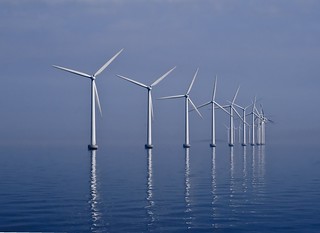Submitted by Vikas Vij
Climate bonds, popularly known as green bonds, are fixed-income investments aimed at financing environmentally friendly projects. Green bonds were pioneered by global development banks, including the World Bank, about seven years ago. Today, they are issued by governments as well as large companies such as Bank of America, Unilever, and the French utility GDF Suez.
Money raised through these bonds can be deployed for a variety of sustainable projects. The World Bank has issued them to raise financing for geothermal energy in Indonesia and fluorescent bulbs for the underprivileged in Mexico. Energy Company EDF sold these bonds to finance wind farms in France. Toyota has used them to make loans to American consumers who buy hybrid cars.
According to the estimates of the International Energy Agency, about $44 trillion will be required by 2050 for investments in low-carbon projects such as solar panels, wind farms, carbon capture, nuclear power, and smart buildings in order to mitigate the impact of climate change. That is more than $1 trillion a year – about four times the current global investment levels in this area.

Bankers and environmentalists alike believe that green bonds may be able to play a game-changing role to back this large-scale requirement of global investments in clean energy. Clearly, as of now, the international market for green bonds is booming. In 2014, more than $34 billion worth of green bonds have been issued so far, representing a three-fold jump over 2013, when $11 billion worth were issued. Some experts predict another three-fold jump in green bond investments in 2015 to the tune of $100 billion.
The demand for these bonds is originating from institutional investors, particularly those with a focus on the sustainability impact of their investment portfolios. They are purchasing green bonds faster than issuers can churn them out. With this kind of market momentum, it is also critically important to define clearly what constitutes “green.” In January 2014, a group of investment banks unveiled the “Green Bond Principles,” to encourage transparency, disclosure, and integrity.
Supporters of green bonds say that the kind of buzz that surrounds these bonds is, by itself, valuable because it improves awareness of sustainable investments. It allows governments and businesses to establish new connections with sustainability conscious investors. Mindy Lubber, the president of the leading sustainability advocacy group, Ceres, says that the green bond market is taking shape—so far it is going well.
Source: Yale.edu
Image Credit: Flickr via Slaunger














